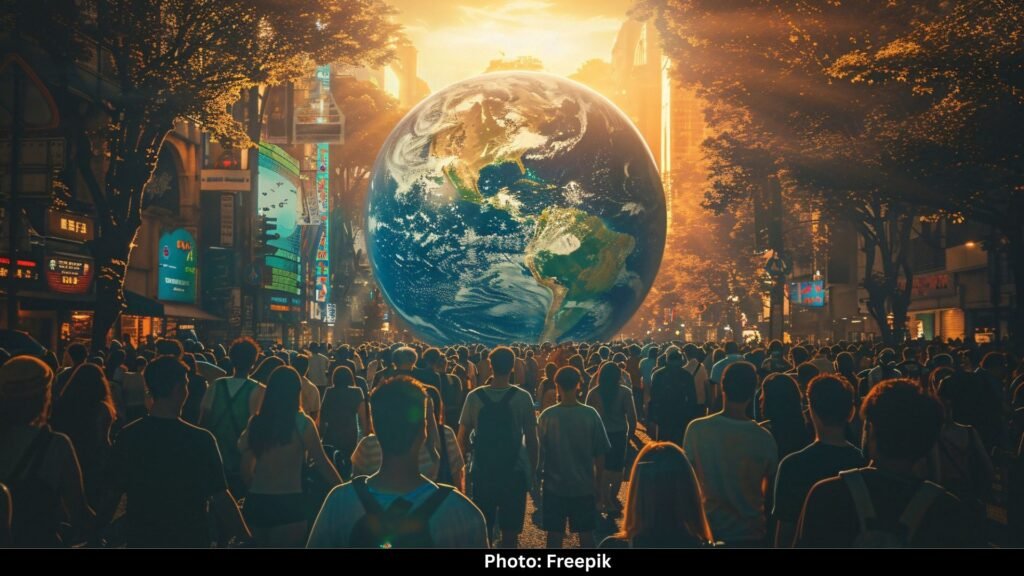From the Epic of Gilgamesh to blockbuster movies like Armageddon, humanity has always been fascinated by the end of the world. Every civilization seems to have imagined some version of the apocalypse: floods, fire, darkness, cosmic battles, divine wrath. Some predict it in cycles, some in sudden catastrophic events, and some in mysterious celestial alignments.
Predicting the end of the world is not just about worrying over natural disasters or divine judgment. It is about human psychology, social order, and cultural storytelling. Across time and space, societies have grappled with the same fundamental question. What happens when everything falls apart, and how do we make sense of our fragile place in the cosmos?
Ancient Apocalypses

Apocalypse myths are hardly a modern invention. Take Mesopotamia, for example. Long before the Bible or the Torah, Sumerians and Babylonians imagined great floods that wiped out civilizations, only for humanity to begin anew. The Epic of Gilgamesh tells a story strikingly similar to Noah’s ark, with a man warned by the gods who builds a vessel to survive a cataclysmic flood.
Jump across the globe, and you find the Maya with their Long Count calendar. The 2012 end-of-the-world craze was not pulled from nowhere. It stemmed from their cycles of creation and destruction, where the end of one era and the beginning of another were inseparable concepts.
Even the Norse had Ragnarok, a prophesied apocalypse where gods would die, the world would be consumed by fire and water, and the universe would eventually renew itself. Greek mythology offered its own vision, with cosmic battles and divine punishment shaping the world’s fate.
Across continents, cultures developed elaborate narratives to imagine ultimate destruction, suggesting that the human need to envision endings is nearly universal.
Religion and the End of Days
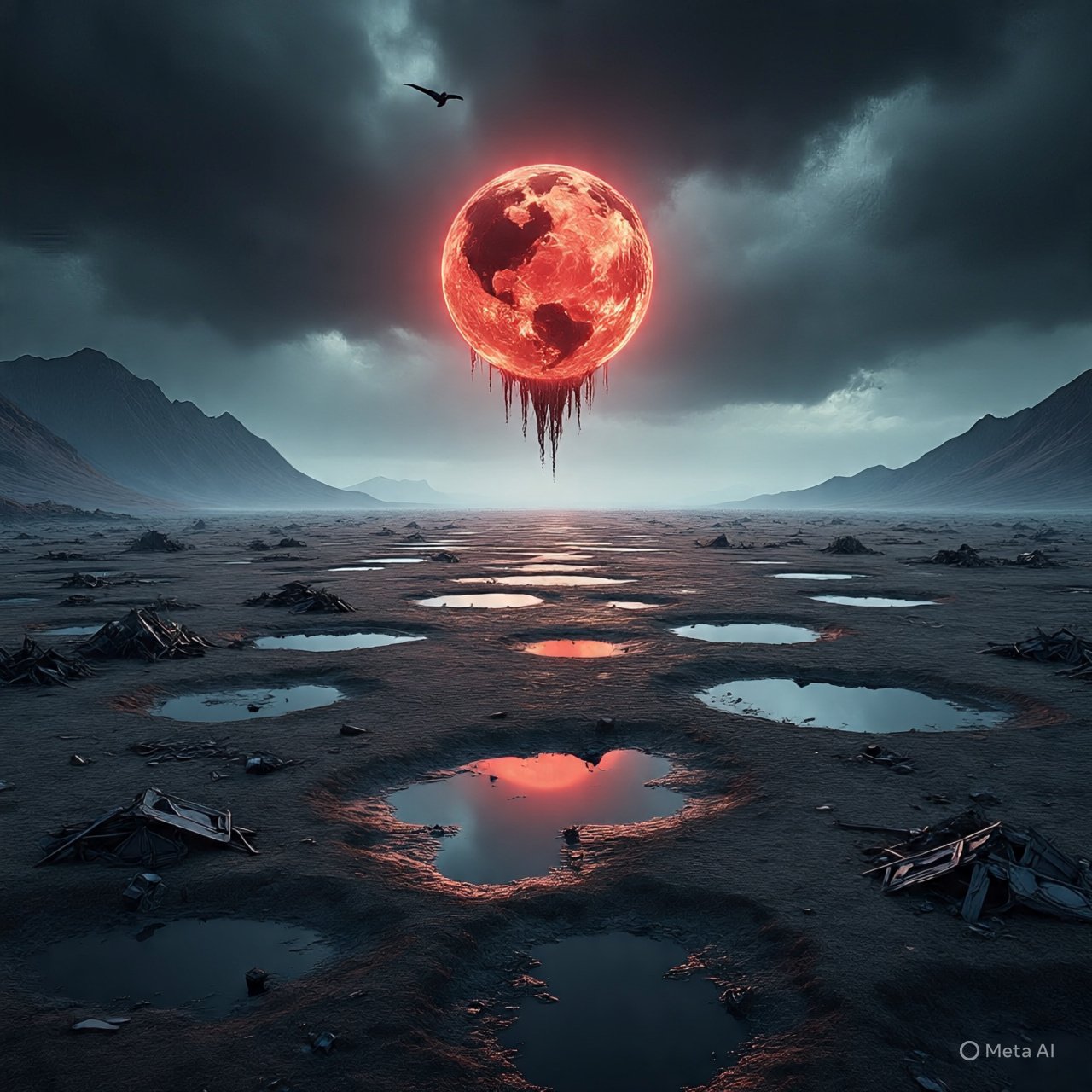
Religious systems have often formalized these apocalyptic visions. In Abrahamic traditions, Revelation in Christianity lays out a vivid end-time scenario: cosmic disturbances, moral reckoning, and divine judgment. Islam has eschatological visions with the Day of Judgment, when the righteous will be rewarded and the wicked punished. Jewish prophecies speak of Messianic redemption and final judgment.
Eastern religions also describe cycles of creation and destruction. Hindu cosmology speaks of yugas, long epochs that end in dissolution and renewal. Buddhism describes samsara, an ongoing cycle of life, death, and rebirth, punctuated by cosmic transitions. These beliefs do not just predict endings; they embed moral and spiritual lessons within them.
Apocalyptic visions often served practical purposes. They reinforced social order, encouraged moral behavior, and gave communities a shared framework to cope with uncertainty. A vivid end-of-days story could explain suffering, enforce cultural norms, or justify religious authority.
Astronomy, Calendars, and Cosmic Fears
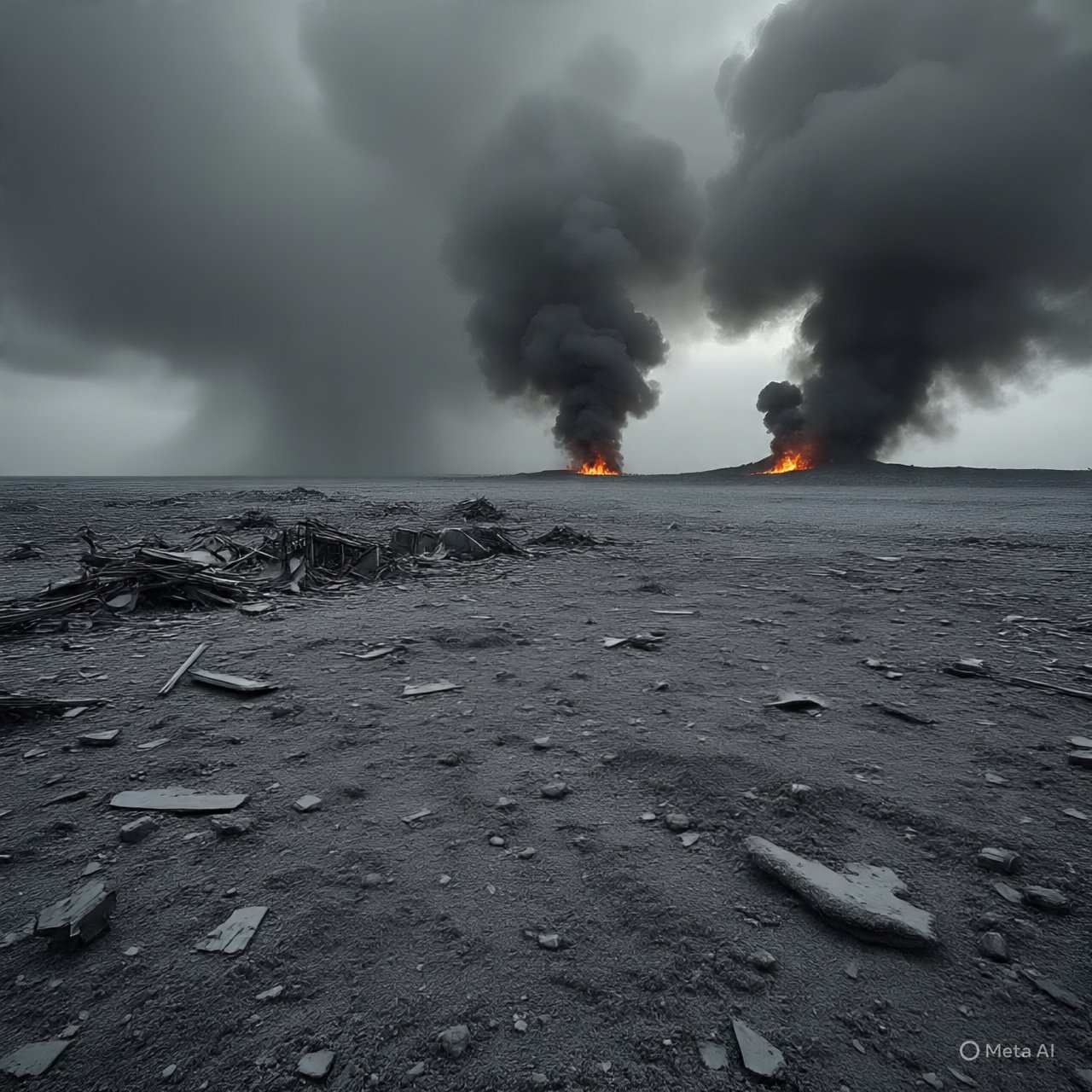
Humans have always looked to the sky for signs. Celestial events such as comets, eclipses, and planetary alignments were interpreted as harbingers of doom. The ancient Chinese meticulously recorded comets, linking their appearance to political upheaval. In Europe, solar and lunar eclipses inspired fear and superstition.
The Maya, with their intricate understanding of celestial cycles, embedded cosmic observations into their apocalyptic predictions. Alignments of planets or the sun’s position could signal transitions between cosmic ages.
The human brain is wired to find patterns. We instinctively connect dots in the sky with events on Earth. Sometimes this intuition is wrong, but it explains why multiple cultures independently tied celestial phenomena to apocalyptic outcomes.
Social and Political Reasons
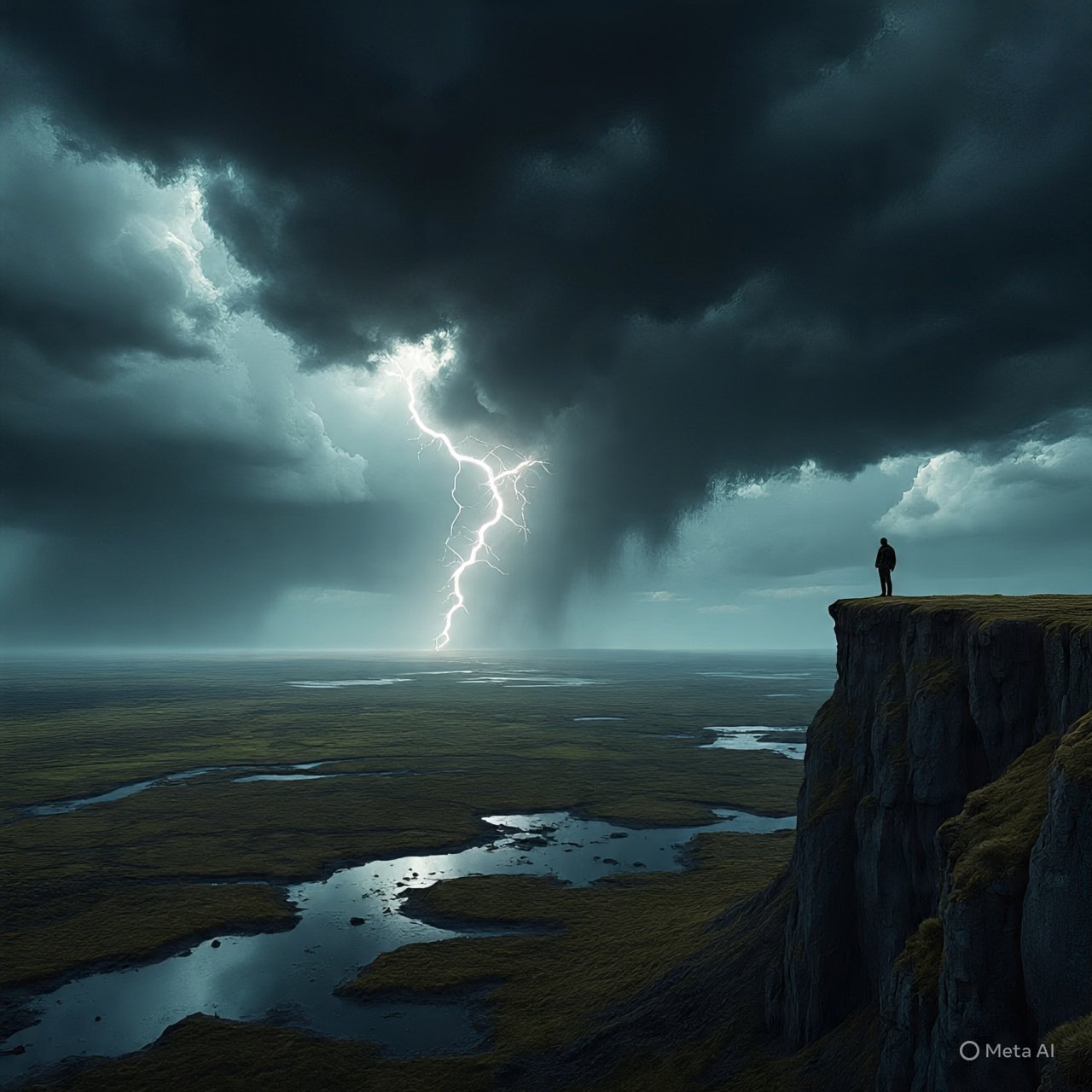
End-of-world predictions often gain traction during periods of crisis. Famine, war, plague, and social upheaval heighten collective anxiety, making communities more receptive to apocalyptic visions. Predicting doom can provide explanations for suffering and a sense of control, or at least an illusion of control.
Rulers and religious authorities have historically used apocalyptic rhetoric to consolidate power. Paint the apocalypse as imminent, and people may act in ways that reinforce the existing social order. Leaders could claim divine insight, demand loyalty, or justify extraordinary measures during chaotic times. Conversely, apocalyptic predictions could be tools for dissent, warning that rulers’ corruption would bring catastrophic consequences.
End-of-world narratives are never just metaphysical. They are profoundly human, serving social, moral, and political purposes simultaneously.
Common Themes Across Cultures

When you compare apocalyptic myths, some motifs appear over and over. Floods are nearly universal, from Mesopotamia to India to the Americas. Fire and darkness often follow, either as divine wrath or cosmic conflict. Some myths depict moral battles, where virtue and vice clash on a cosmic scale.
But destruction rarely ends the story. Most apocalypses include renewal. Humanity survives in some form, life continues, or the cosmos resets. The narrative is not just about fear; it is about hope, resilience, and the moral order.
These recurring themes suggest a shared human desire to grapple with impermanence. We want to know not just how things can end, but how we can survive, morally or physically, beyond catastrophe.
Psychology of the End Times
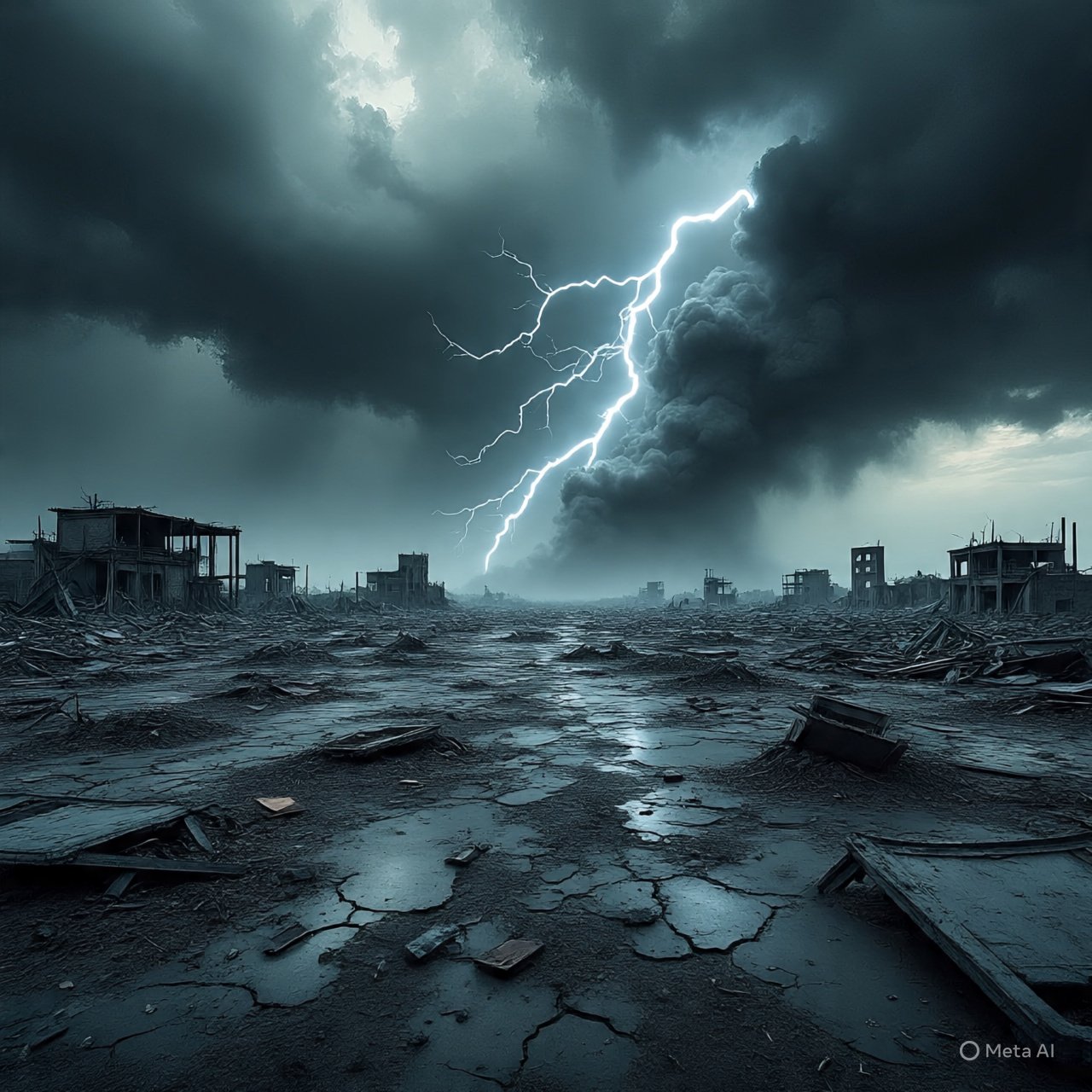
There is a deeply psychological aspect to apocalyptic thinking. Humans are uniquely aware of their mortality and the fragility of the world around them. Imagining the end allows us to externalize our existential anxiety. It creates a story in which chaos is predictable, moral order is enforceable, and we can imagine our place in the cosmic narrative.
Predicting catastrophes is a coping mechanism. When people forecast doom, it can paradoxically reduce anxiety by giving suffering a framework. It is also about narrative closure. Humans crave stories that have beginnings, middles, and ends. The apocalypse provides a dramatic, definitive ending, complete with moral lessons.
Modern Apocalypses
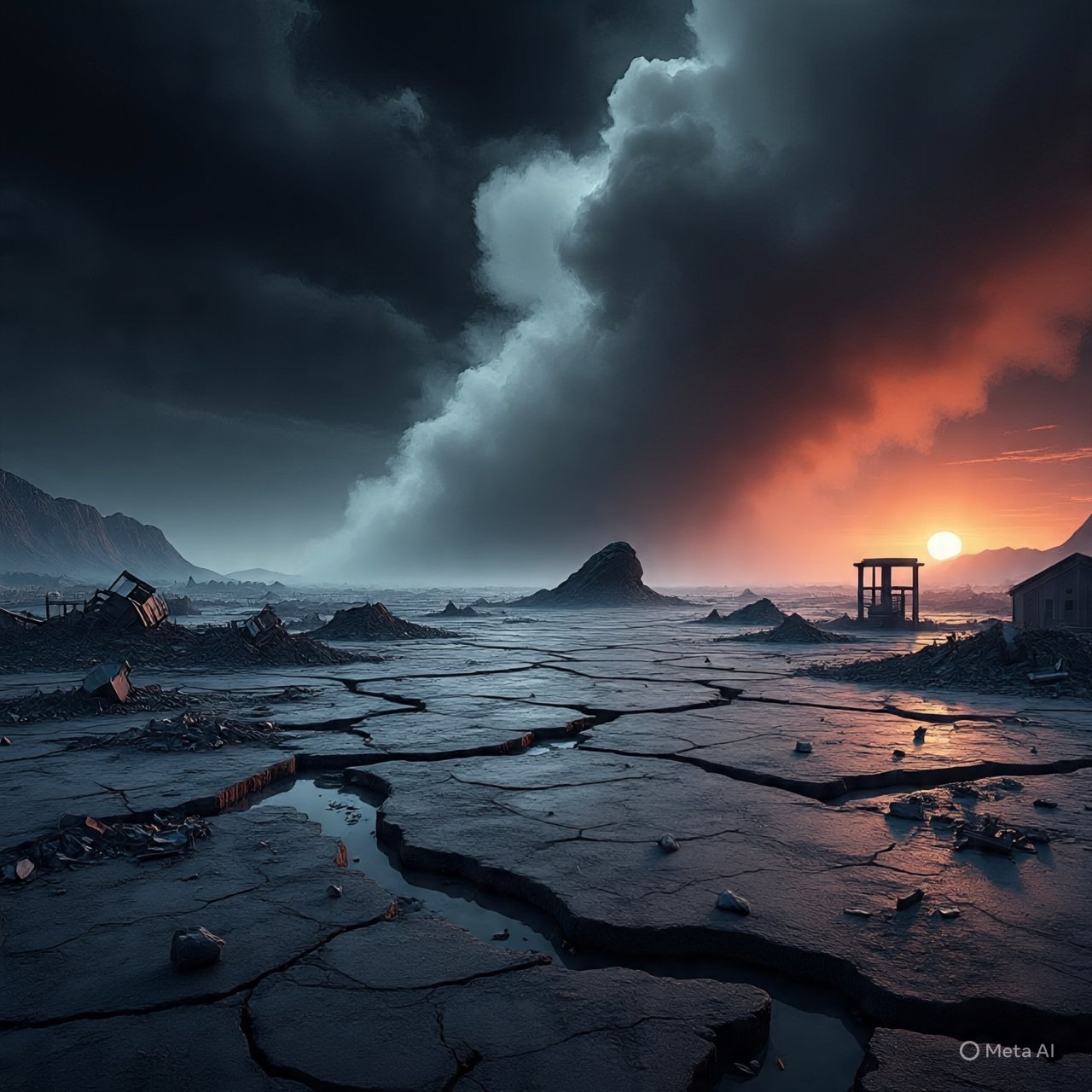
The end-of-world obsession has not disappeared. Today, it manifests in fears of nuclear war, climate change, pandemics, and asteroid impacts. Pop culture amplifies these anxieties: movies, TV shows, novels, and online forums endlessly replay apocalyptic scenarios. Social media spreads predictions, blending fact, fear, and fiction in ways previous generations never imagined.
Even scientific warnings can take on mythic proportions. Asteroid collisions or supervolcano eruptions are framed as end-of-the-world events in media headlines, feeding the same psychological and cultural patterns that ancient societies experienced.
What is striking is that the content changes, but the structure remains the same. Humans have always envisioned endings with cosmic stakes, moral reckoning, and the possibility of renewal.
What We Learn from These Predictions
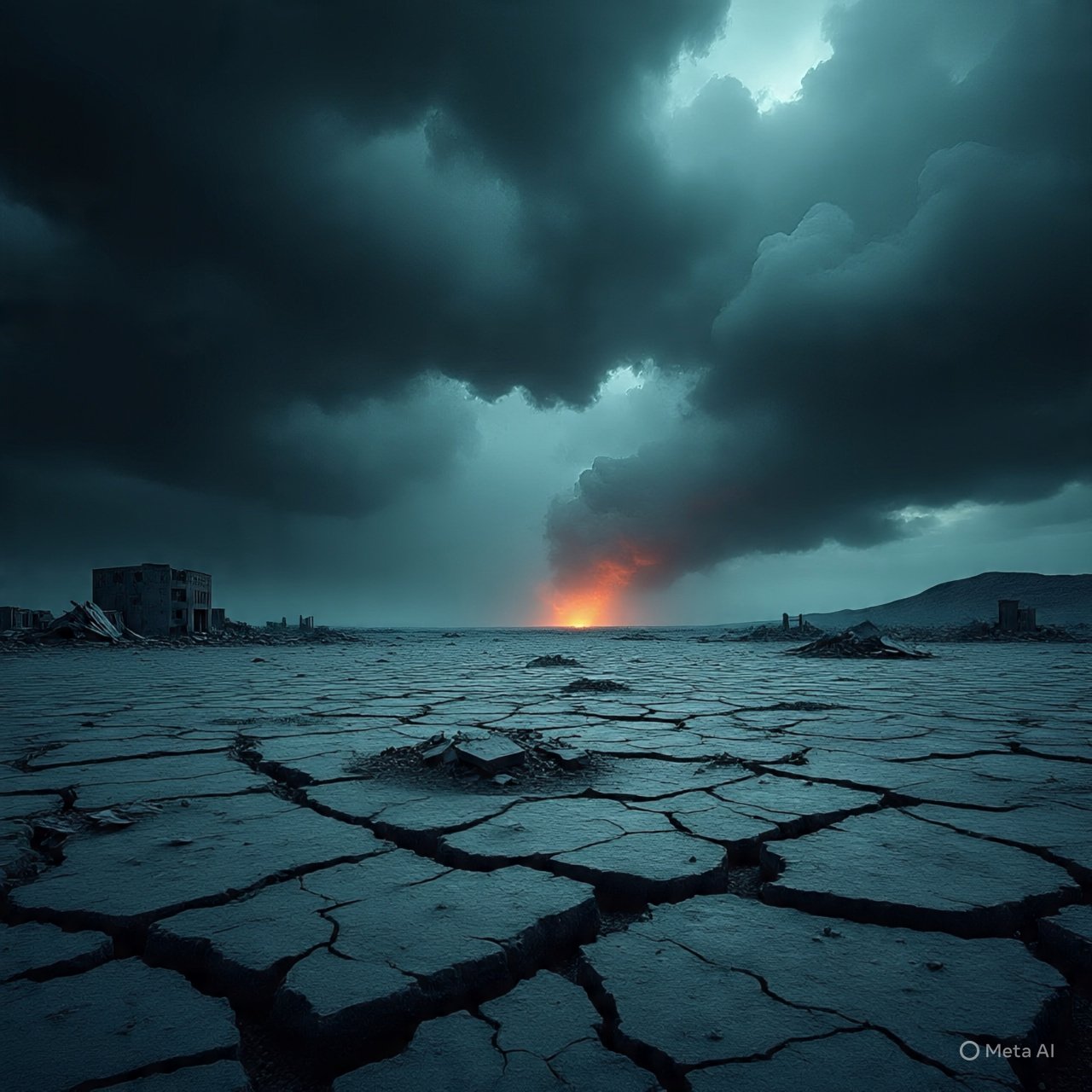
Apocalyptic predictions reveal as much about us as they do about the world. They expose our deepest fears: chaos, injustice, mortality, and loss of control. They also reveal cultural values. What societies fear, what they hope for, and what they believe deserves punishment or reward.
Looking at apocalyptic myths across cultures shows us the universality of these concerns. Despite differences in geography, religion, and history, humans have consistently imagined ultimate destruction. These stories are mirrors of collective anxiety and moral imagination.
They also teach us resilience. By anticipating disaster, societies develop tools for survival, whether practical such as storing grain or psychological such as shared belief systems. Apocalyptic myths are not just about endings; they are about preparation, reflection, and the hope that life continues beyond catastrophe.
Conclusion: Humanity and Its Endless Fascination with Endings
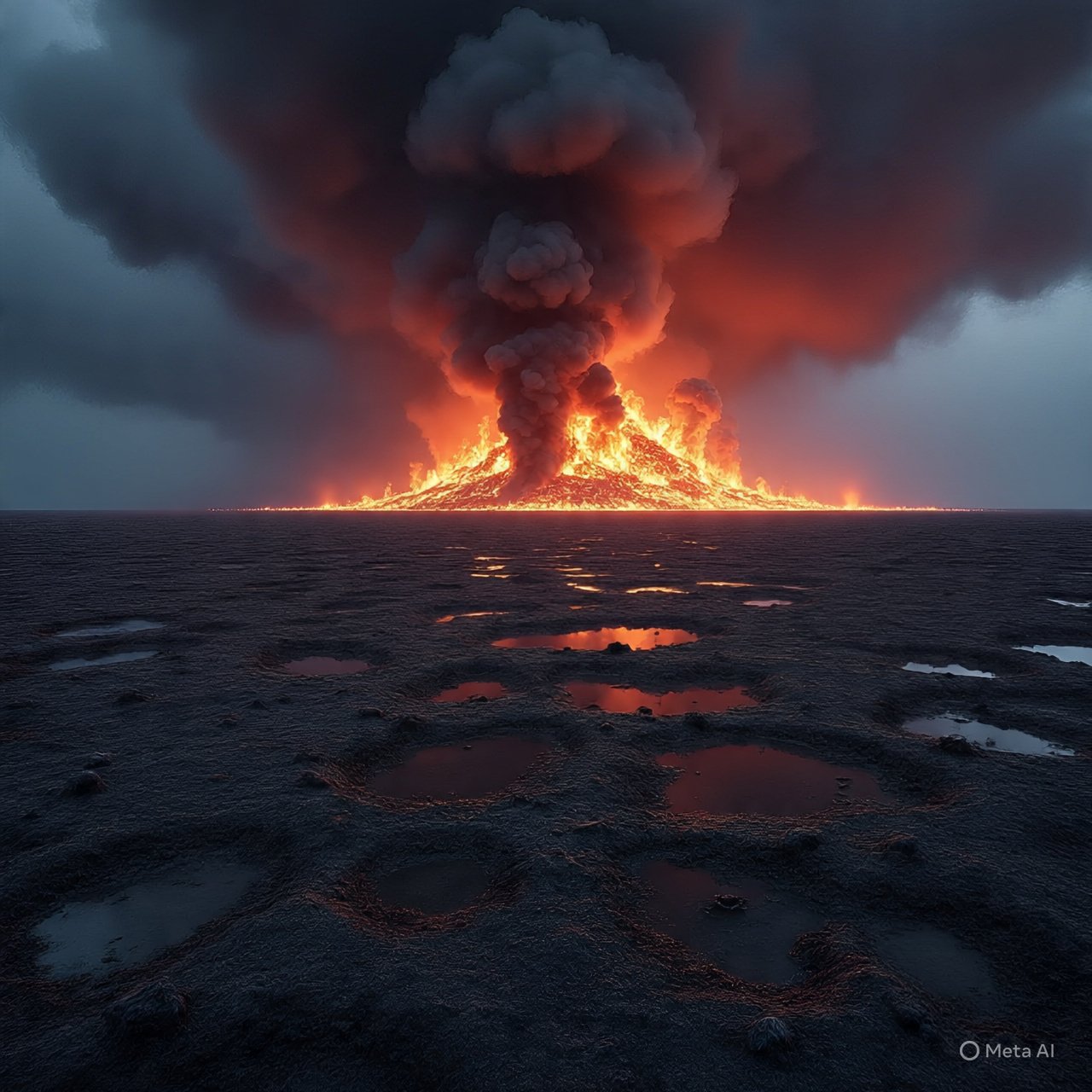
Why do so many cultures predict the end of the world? Because it is a question that defines what it means to be human. We are aware of impermanence, of the fragility of our lives and civilizations. We craft stories to confront it, to order it, and to learn from it.
End-of-world predictions are more about us than the cosmos. They tell us who we are, what we fear, and what we value. The recurring themes, flood, fire, cosmic war, renewal, are not coincidences. They are reflections of human imagination grappling with mortality, morality, and meaning.
The apocalypse may never arrive. Perhaps it never has. Yet the idea is immortal. From ancient tablets to blockbuster films, humanity continues to stare at the horizon of the end, asking the same questions, spinning the same stories, and finding in them not just fear, but insight into what it means to be alive.
Every culture’s apocalypse is a story of survival, of imagination, morality, and human resilience, reminding us that even in imagining destruction, we are really trying to understand ourselves.
Read More: Göbekli Tepe: The World’s Oldest Temple and Its Unknown Buildersa


